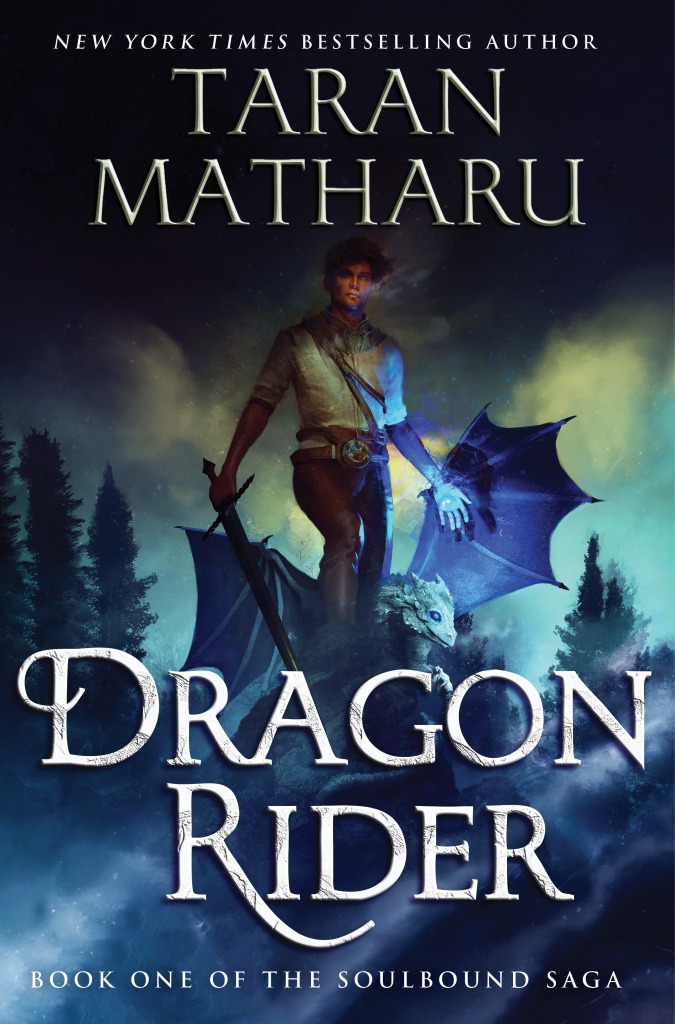This post may contain affiliate links for books we recommend. Read the full disclosure here.

Book: “North Wind” by Alexandria Warwick
Publishing Info: S&S/Saga Press, May 2024
Where Did I Get this Book: ARC from the publisher!
Where Can You Get this Book: WorldCat.org | Amazon | IndieBound
Book Description: Wren of Edgewood is no stranger to suffering. With her parents gone, it’s Wren’s responsibility to ensure she and her sister survive the harsh and endless winter, but if the legends are to be believed, their home may not be safe for much longer.
For three hundred years, the land surrounding Edgewood has been encased in ice as the Shade, a magical barrier that protects the townsfolk from the Deadlands beyond, weakens. Only one thing can stop the Shade’s fall: the blood of a mortal woman bound in wedlock to the North Wind, a dangerous immortal whose heart is said to be as frigid as the land he rules. And the time has come to choose his bride.
When the North Wind sets his eyes on Wren’s sister, Wren will do anything to save her—even if it means sacrificing herself in the process. But mortal or not, Wren won’t go down without a fight…
Review: I’ve had some trouble recently with fantasy/romantasy stories that are billed as read-alikes to “Beauty and the Beast” or “Hades and Persephone.” To be fair, these are fairly difficult romances to represent in a way that both tells a good love story but also doesn’t make one or both characters fairly unlikable or hard to empathize with. Too often the “Beauty/Persephone” character gets too easily distracted by the hero’s hotness to remember she’s angry and a prisoner. And too often the “Beast/Hades” character is more of a raging a**hat than a romantic interest. All of that to say, I was both excited and nervous to pick up this book, which clearly was going to a tell a story involving these types of characters.
Well, this is how you write these sorts of characters! The story itself is great as well, but I really think that books like this really live and die on how well the main characters are represented. And here, both of them are fantastic. Wren, of course, being our perspective character, was the most important of the two, and I really enjoyed her character arc. As I mentioned above, here is a heroine who retains her sense of self, not one to be distracted into forgetting her anger or suspicion by the sight of a chiseled jaw. Instead, Wren’s story focuses more on her own journey, one that tackles not only trust, but also coping with her life choices (particularly her struggle with alcoholism) and with the toxic familial relationships that have severely impacted her sense of self. While I think the discussion of addiction was well handled, I was even more impressed by the way this author navigated the complicated sibling relationship between Wren and her twin sister. Wren’s story is one of coming to understand how she has previously defined herself and reclaiming her own agency over her actions, choices, and life.
And while she is exploring these concepts, a significant amount of the story is still devoted to her challenging relationship with the North Wind. She doesn’t trust this man, and indeed, I was pleased to see her following through on her distrust and anger throughout a large chunk of the book, almost the entire first half. This very much makes the story a slow burn romance, of the sort that I prefer. Because as both Wren and Boreas come to understand one another, we slowly see them dropping their shields. Love cannot come from lust alone, and this book does an excellent job of prioritizing their growing emotional connection before delivering the goods in the spicey scenes. I also loved the excellent snark and banter between the two, something that continues throughout the book, even when the characters begin to grow closer. Their dynamic is compelling to the end.
I also enjoyed the North Wind and his story. The book doesn’t shy away from grappling with the harsher points of his character, and I was also surprised with some of the reveals that came later in the story. There were some real wallops that come in heavy towards the end of the book, which I think helped add some true depth to this character. He’s also the quiet, stoic romantic hero that always particularly appeals to me, so there’s that.
Aside from the characters, I very much enjoyed the world-building that went into this story. There were many familiar elements, but it also all came together in interesting ways. I also know that this is the first book in a series, each seeming to follow one of the four brothers, the gods/Winds. That being the case, we meet a few characters here that are sure to show up in future books, and I’m especially interested in how one character will be dealt with, given the events of this story.
Overall, if you enjoy romantasy, this is a great slow-burn romantic tale. There was an excellent balance between the fantasy and the love story, and the two main characters were well-written and conceived. I’ll definitely be picking up the next book when it comes out!
Rating 8: A perfect example of how to blend the fantasy and romance genres, with two incredible characters at its heart!
Reader’s Advisory:
“The North Wind” can be found on these Goodreads lists: Feel-good romantasy and Best Books About Mythology









